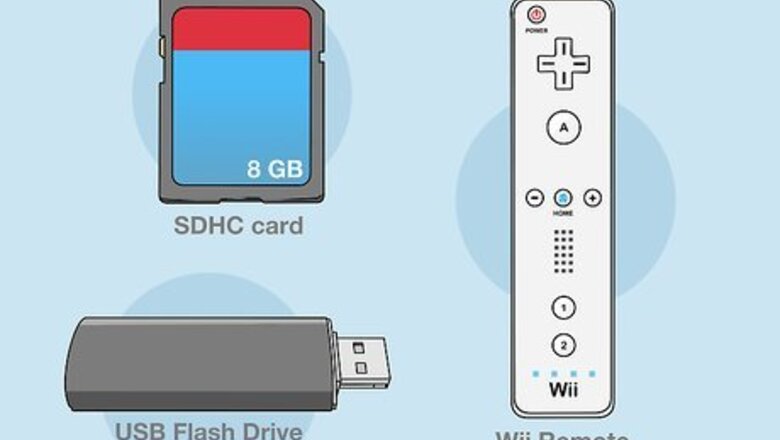
views
- Format a USB drive as FAT32 or MS-DOS (FAT), empty the Wii drive, and install Homebrew. Create a Wii flash drive.
- Download IOS236, cIOSX Rev20b, and USB Loader GX channel. Do not turn the Wii off while installing.
- Plug the USB in and run USB Loader GX. Insert a game to burn onto the USB, and then select "Install".
Preparing to Install
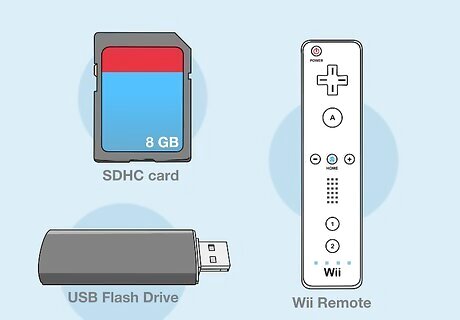
Make sure that you have the correct equipment. You'll need the following items for this task: SDHC card - A large SD card of up to 8 gigabytes is needed to install Homebrew and perform other file-based tasks. USB flash drive - This is the drive on which you'll install and store the games. Wii remote - If you have a newer (non-white) model of Wii, you'll need a generic Wii remote to help with the installation.
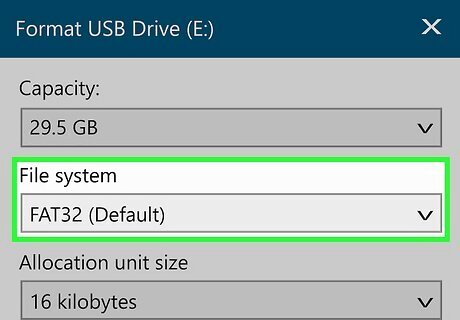
Format your USB flash drive as FAT32. To do so plug in your flash drive. Open the File Explorer, right-click the drive, and click Format. Select FAT32 (or MS-DOS (FAT) on a Mac) in the "File System" sections. Keep in mind that formatting a USB flash drive will erase its contents, so back up the contents to your computer or another USB flash drive if necessary.
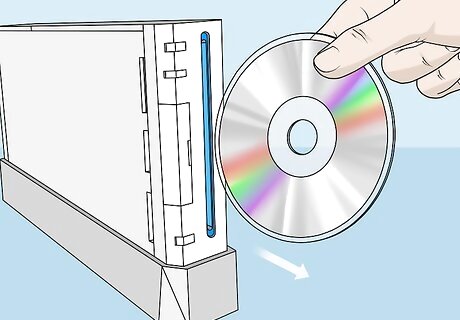
Empty the Wii's disc drive. If there is currently a disc in the Wii, eject it before proceeding.
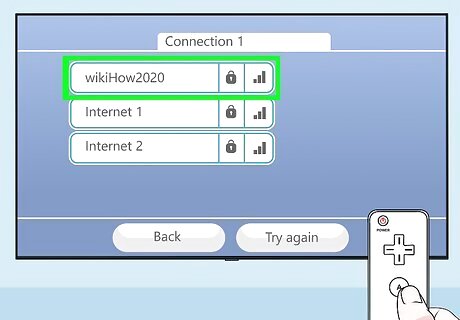
Connect your Wii to the Internet. Your Wii will need a network connection in order to install the bulk of the USB tool's files. Open Wii Settings and select Wii System Settings. Click Internet. Click Connection 1. Select your network and enter the password.
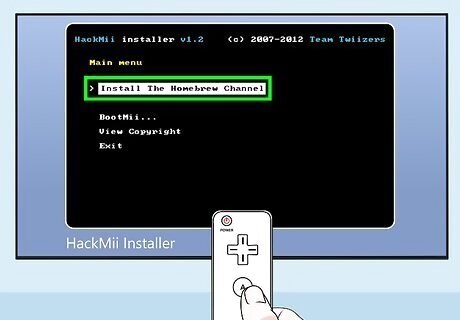
Install Homebrew on your Wii. If you haven't yet installed the Homebrew Channel for your Wii, you'll need to do so before proceeding. The Homebrew Channel allows you to install custom modifications, one of which will let you play games off of a USB flash drive.
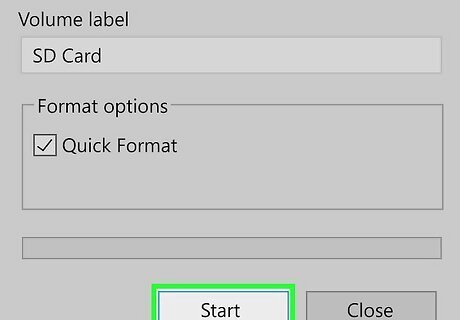
Format your SD card. Once you've installed Homebrew with the SD card, you'll need to wipe it clean so that you can use it for the USB installation files. The easiest way to do so is by formatting the SD card. As with the USB flash drive, choose FAT32 (or MS-DOS (FAT) on a Mac) as the file system.
Creating a Wii Flash Drive
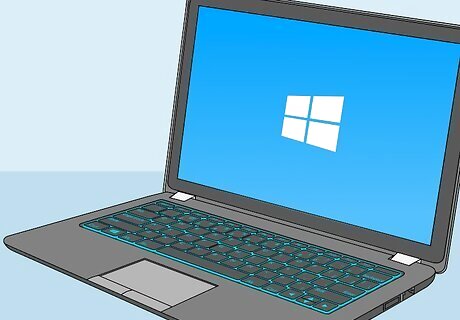
Use a Windows computer for this part. Unfortunately, you cannot format correctly your USB flash drive for Wii use on a Mac. If you don't have access to a Windows computer, try using one at a library or borrowing one from a friend.
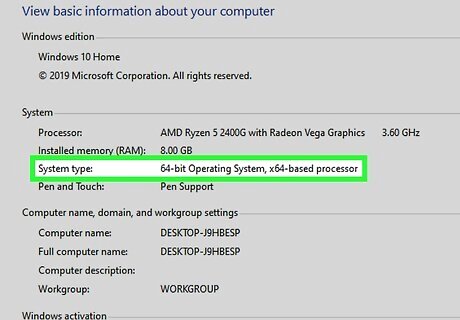
Determine your Windows bit version. You'll need to know whether your version of Windows is a 64-bit system or a 32-bit system in order to know which file to download in a minute.
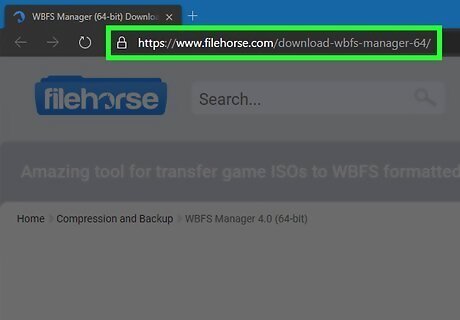
Go to the WBFS Manager download page. The following links are for the 64-bit and 32-bit versions of WBFS Manager for Windows: WBFS Manager 64-Bit Windows WBFS Manager 32-Bit Windows
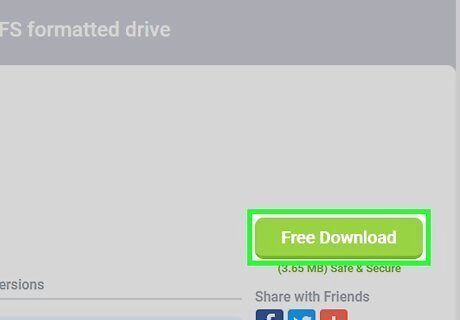
Click Free Download. It's the green button in the upper-right corner. Watch out for any add pop-ups and be careful not to click any download links to software you didn't intend to download.
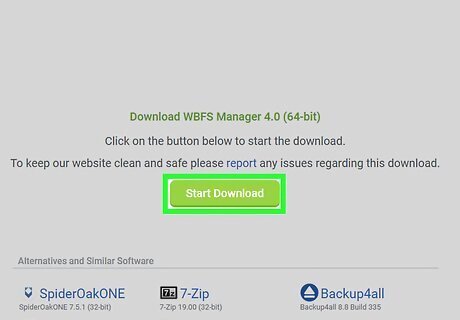
Click Start Download. It's the green button in the center of the page. Doing so will download a ZIP folder containing the setup file for WBFS Manager.
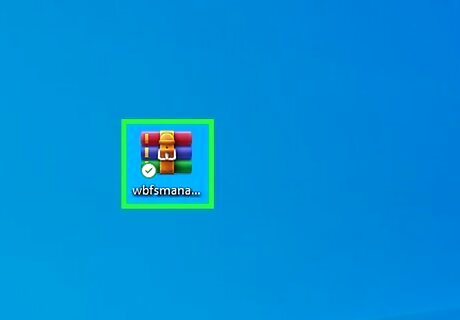
Open the ZIP folder. Double-click the downloaded ZIP folder to open it.
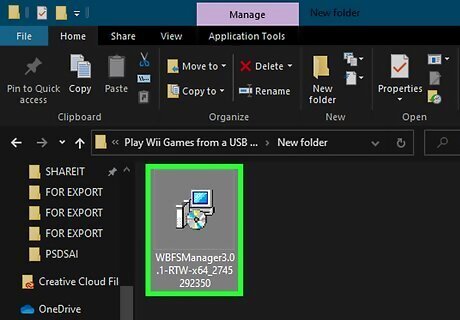
Double-click setup.exe. It's in the ZIP folder. Doing so will open the setup window. Make sure you install Dotnet before you set up the program.
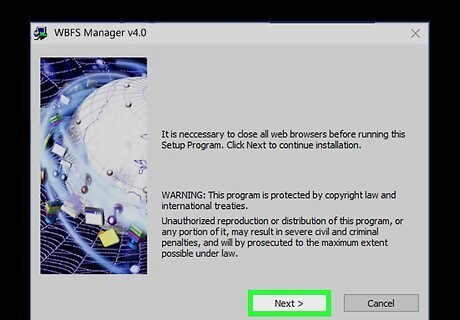
Install the program. Use the following steps to install WBFS Manager: Click Next. Click Browse to select an install location (optional). Click Next. Click Next. Click Yes. Click Close.
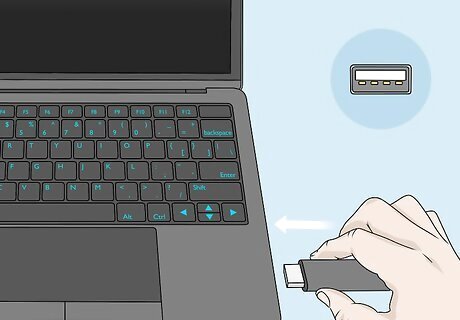
Plug your USB flash drive into your computer. The USB flash drive should fit into one of the rectangular USB ports on your computer.
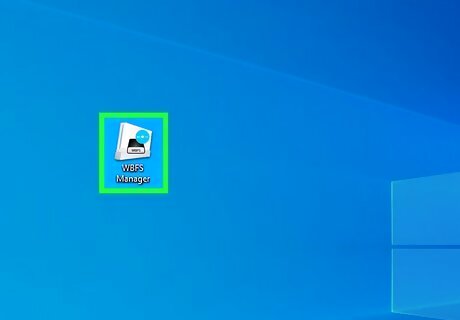
Open WBFS Manager. Double-click the WBFS Manager app icon, which resembles a Wii on a blue background, to do so. You can find it in your Windows Start menu. The first time you open WBFS Manager, you will need to click Yes to allow it to access your system.
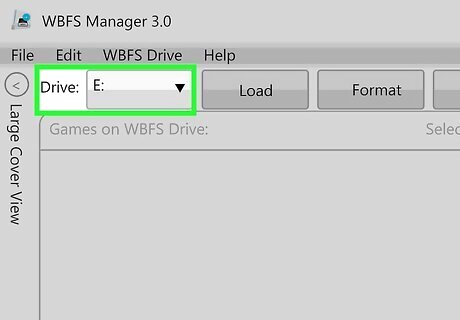
Select your USB flash drive. Click the "Drive" drop-down box in the upper-left corner of the window, then click your USB flash drive's letter (usually F:). If you don't know the USB flash drive's letter, look for it in the "Devices and drives" section of the This PC app.
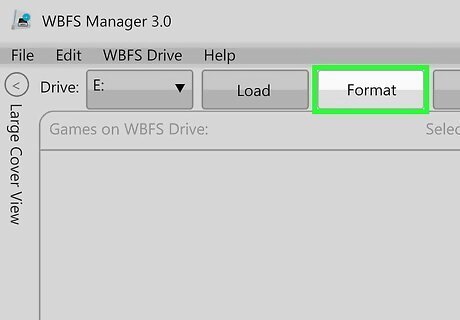
Click Format. Doing so will format your USB flash drive for use with the Wii.
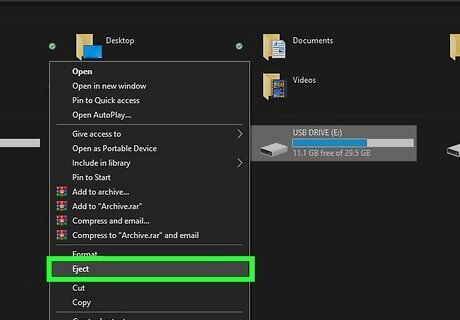
Eject the USB flash drive. Click on the USB flash drive's icon in the lower-right side of the screen, then click Eject in the pop-up menu and remove the USB flash drive from your computer. You may have to click the upward-facing arrow here to see the USB flash drive's icon.
Downloading the Files
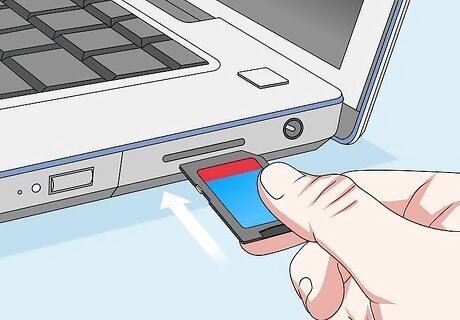
Plug your SD card into your computer. The SD card should fit into your computer's SD card slot angled-side-in, logo-side-up. If your computer doesn't have an SD card slot, you'll need to use a USB adapter for your SD card as well.
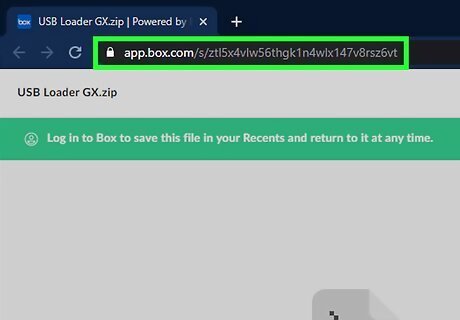
Open the file download site. Go to https://app.box.com/s/ztl5x4vlw56thgk1n4wlx147v8rsz6vt in your browser.
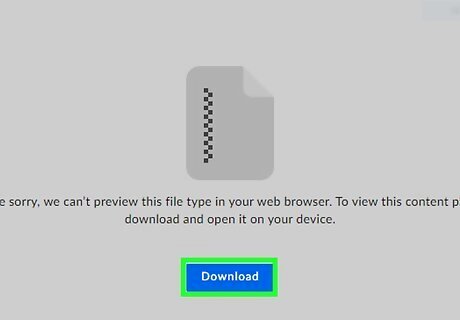
Click Download. It's the button in the upper-right corner of the screen. Doing so downloads the USB Loader GX ZIP folder.
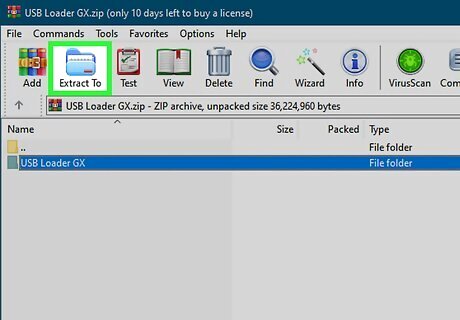
Extract the ZIP folder. This process will vary depending on your computer's operating system. Windows - Open the ZIP folder, click the Extract tab, click Extract all, and click Extract at the bottom of the window that appears. The extracted folder will open when the extraction finishes. Mac - Just double-click the ZIP folder to extract it. The extracted folder will open when the extraction finishes.

Open the "Files" folder. Double-click the USB Loader GX folder, then double-click the Files folder at the top of the next window.
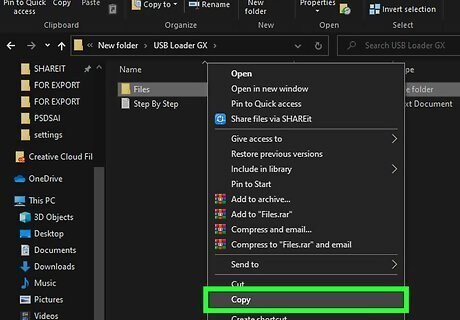
Copy the all files in the Files folder. Click on one file in the folder, press Ctrl+A (Windows) or ⌘ Command+A (Mac) to select all of the files, and press Ctrl+C (Windows) or ⌘ Command+C (Mac) to copy the files.
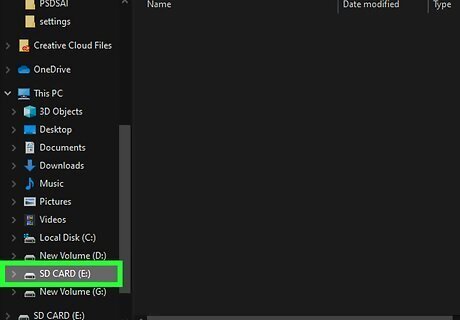
Click your SD card's name. It's on the left side of the window in File Explorer on WIndows or Finder on Mac.
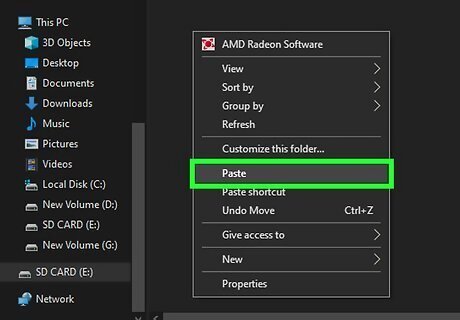
Paste in the files. Click a blank space in the SD card's window, then press Ctrl+V (Windows) or ⌘ Command+V (Mac). The files will copy onto the SD card.
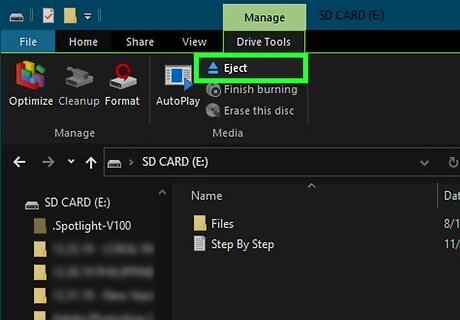
Eject the SD card. Once your files finish copying, you can proceed with removing your SD card. To do so: Windows - Right-click your SD card's name in the left-hand pane, then click Eject. Mac - Click the upward-facing arrow to the right of your SD card's name in the left-hand pane.
Installing IOS236
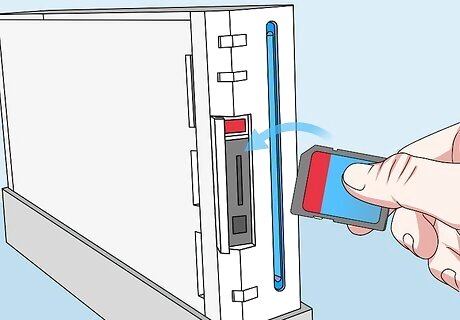
Plug your SD card into your Wii. The SD card should fit into the Wii's SD card slot angled in, logo side up.
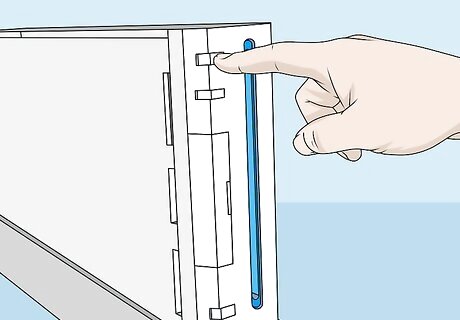
Turn on your Wii. Press your Wii's power button, or use the power button on the remote to do so. The Wii's remote will need to be on and synced as well.
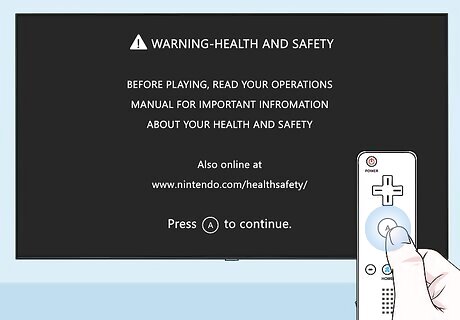
Press A when prompted. Doing so will take you to the Wii's main menu.
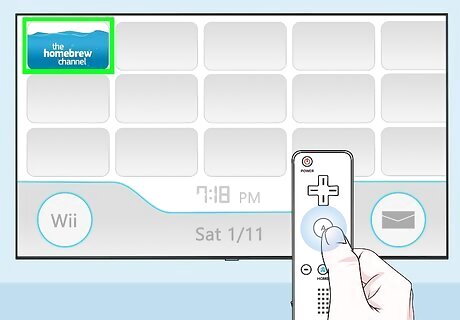
Start the Homebrew Channel. Select the Homebrew Channel on your Wii's main menu, then select Start when prompted.
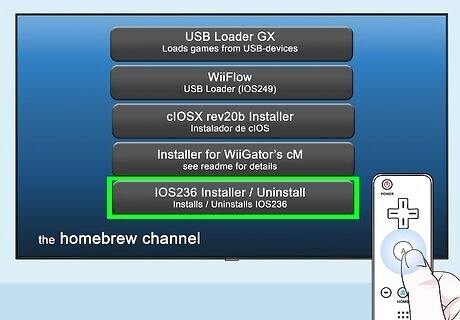
Select IOS236 Installer. It's on the first page of the Homebrew Channel. A pop-up menu will appear.
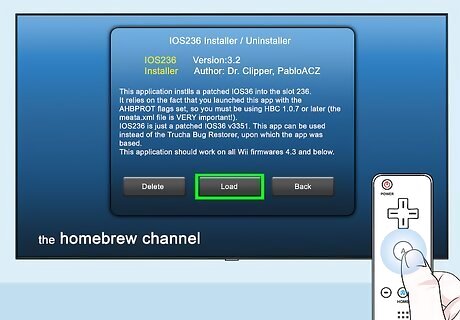
Select Load when prompted. You'll find this option in the bottom-middle of the pop-up menu.
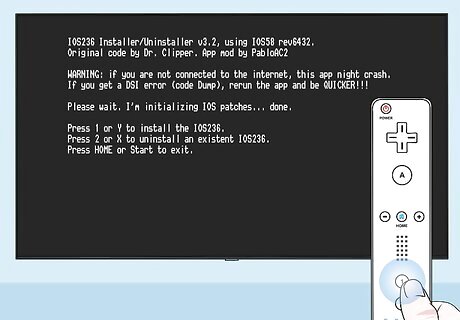
Press the 1 button. Doing so selects the Install option. If you're using a GameCube controller, press the Y button instead.
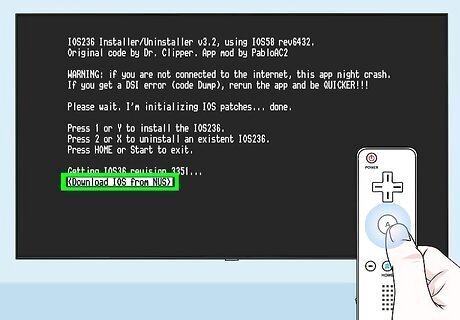
Select
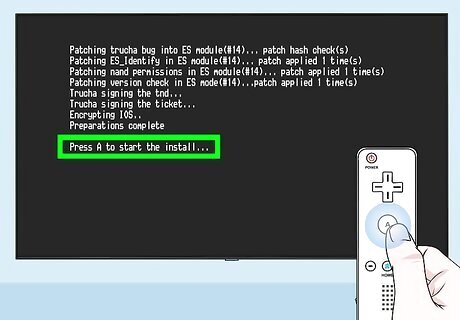
Press A when prompted. Doing so will install the IOS236 base onto your Wii. This process can take up to 20 minutes, so be patient.
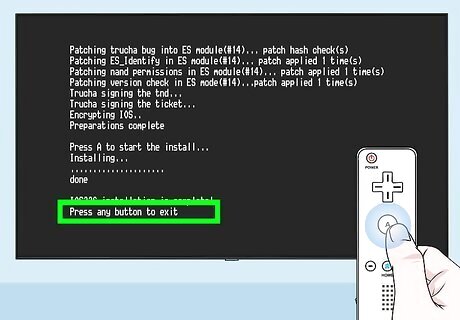
Press any button when prompted. Doing so will exit the setup and return you to the Homebrew Channel.
Installing cIOSX Rev20b
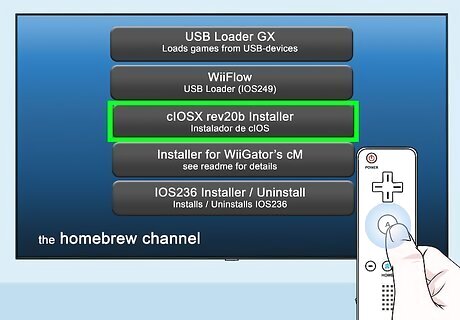
Select cIOSX rev20b Installer. It's in the middle of the first page of the Homebrew Channel.
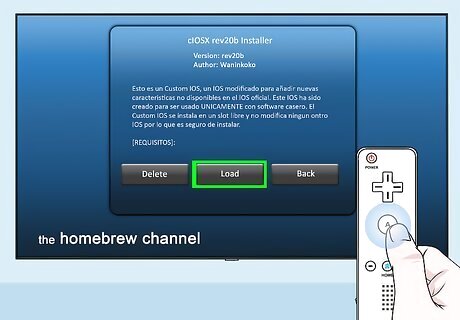
Select Load when prompted. The installation program will open.
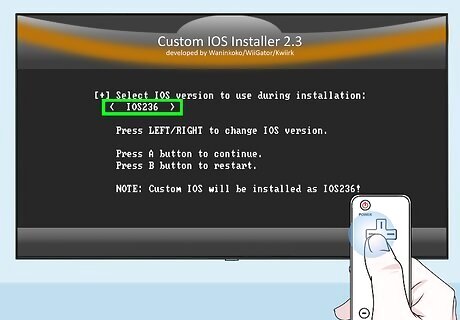
Scroll left to the "IOS236" option. Doing so will select the IOS236 file that you installed earlier.
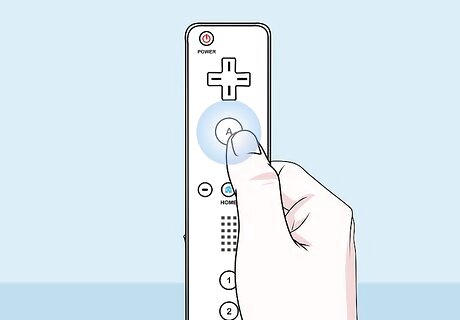
Press A. Doing so confirms your choice.
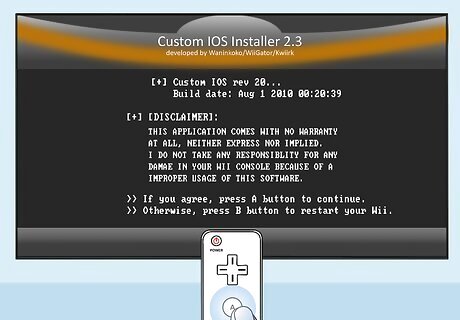
Agree to the terms of use. Press A on your controller to do so.
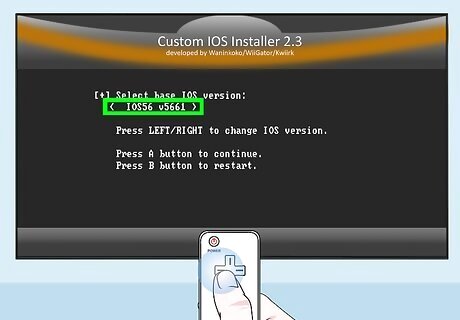
Select an IOS version. Press Left until you see "IOS56 v5661" appear between the brackets, then press A.
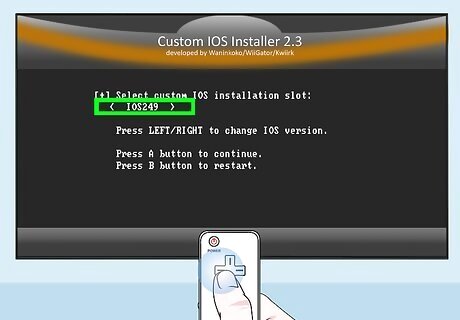
Select a custom IOS slot. Press Left until you see "IOS249" appear between the brackets, then press A.
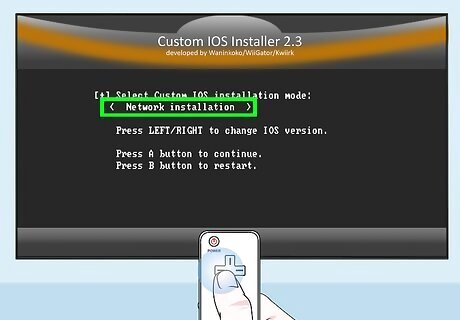
Select an installation mode. Press Left until you see "Network installation" appear between the brackets.
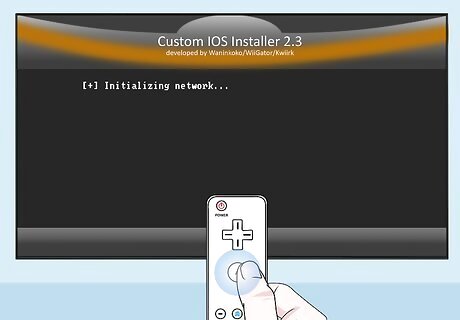
Start the installation. Press A on your controller to do so.
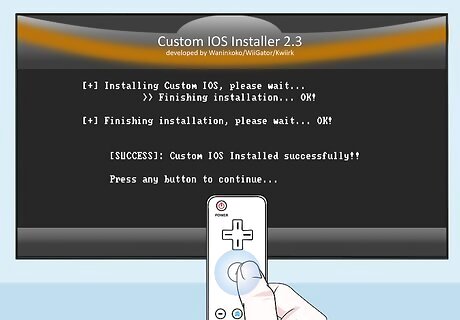
Press any button when prompted. Doing so will move you to the next part of the installation.
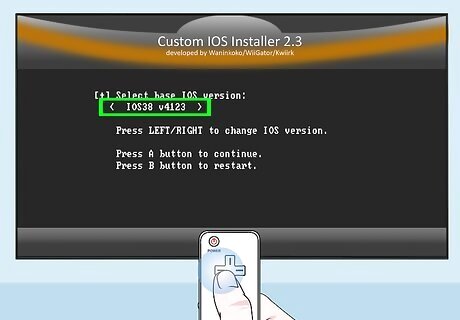
Select another IOS version. Press Left until you see "IOS38 v4123" appear between the brackets, then press A.
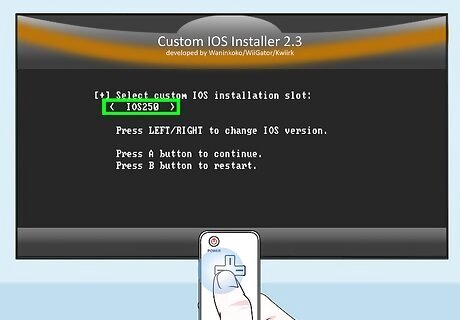
Select another slot. Press Left until you see "IOS250" appear between the brackets, then press A.
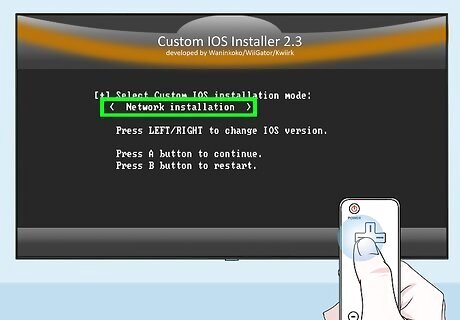
Use the network installer. Select "Network installation" and press A as you did with the last installer, then wait for the installation to complete.
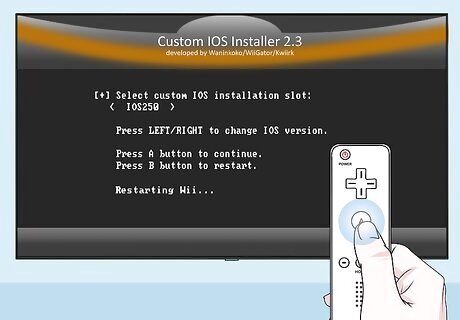
Press any button when prompted, then press the B button. Doing so will restart your Wii. When it finishes restarting, you'll be able to proceed.
Installing the USB Loader GX Channel
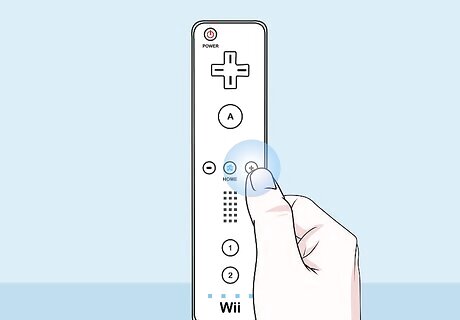
Navigate to the next page of the Homebrew Channel. Press the Right arrow on your Wii remote's D-pad to do so. You can also press the + button.
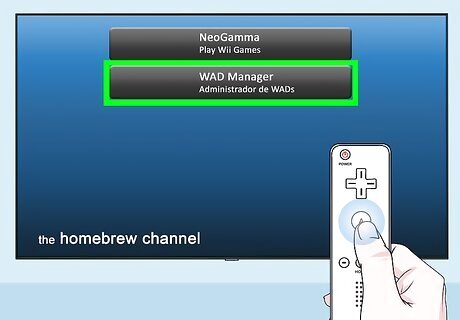
Select WAD Manager. It's the second option on this page.
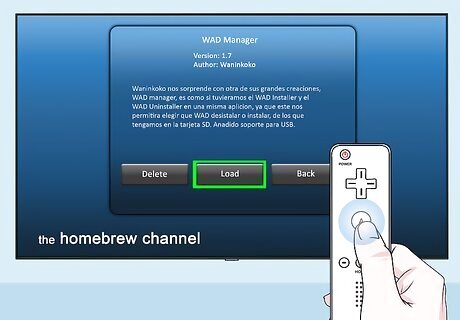
Select Load when prompted. Doing so will start up the WAD Manager.
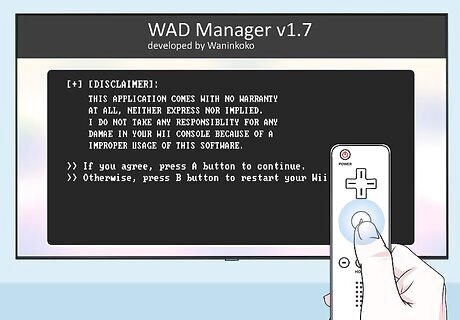
Agree to the terms of use. Press A on your controller to do so.
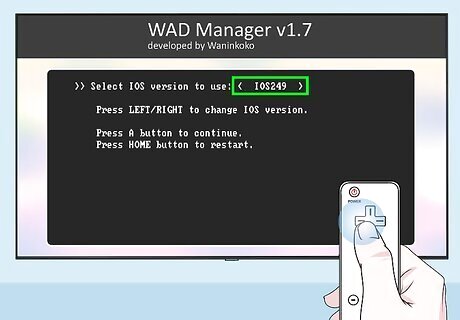
Select "IOS249" to load. Press Left until you see "IOS249" appear between the brackets, then press A.
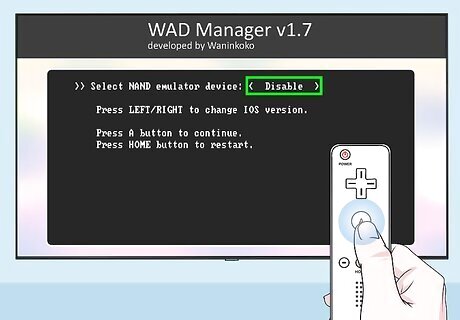
Disable the emulator. Press Left until you see "Disable" appear between the brackets, then press A.
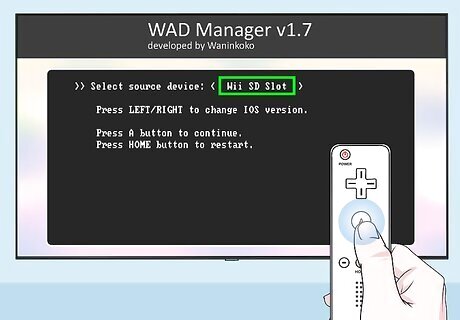
Select your SD card. Press Left until you see "Wii SD Slot" appear between the brackets, then press A. Doing so brings up a list of the files on the SD card that you plugged in earlier.
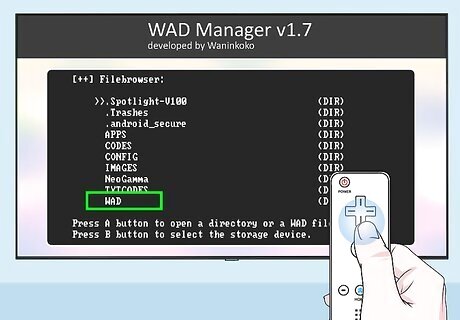
Scroll down and select WAD. It's near the bottom of the screen.
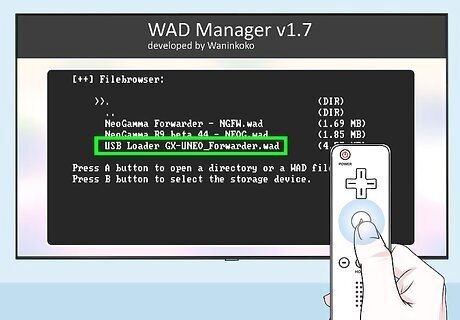
Select the USB loader. Scroll down to select USB Loader GX-UNEO_Forwarder.wad and press A.
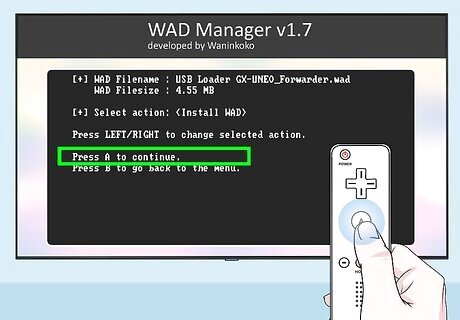
Install the WAD. Press A on your controller to do so.
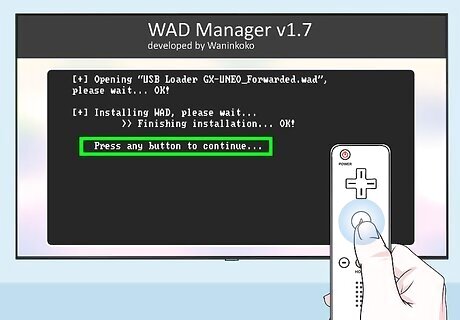
Press any button when prompted, then press the B button and then the Home ⌂ button. Doing so will restart the Wii. Once the Wii finishes restarting, you'll be back on the second page of the Homebrew Channel.
Playing Games
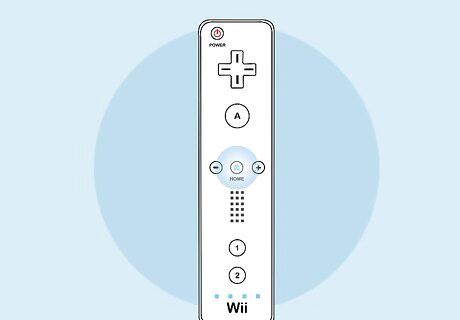
Press the Home ⌂ button again. Doing so brings up the Home menu.
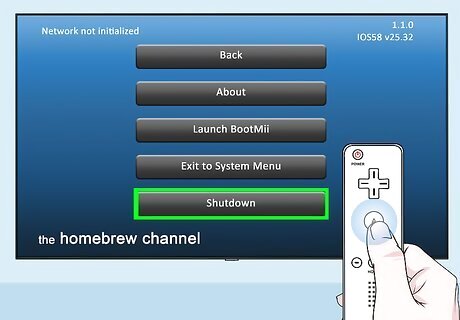
Select Shutdown. It's at the bottom of the menu. Your Wii will power down. It's best to wait until your Wii fully powers down before proceeding.
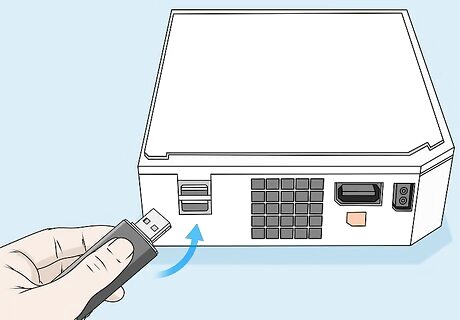
Plug your USB flash drive into your Wii. The USB flash drive should fit into one of the rectangular USB ports at the back of the Wii.
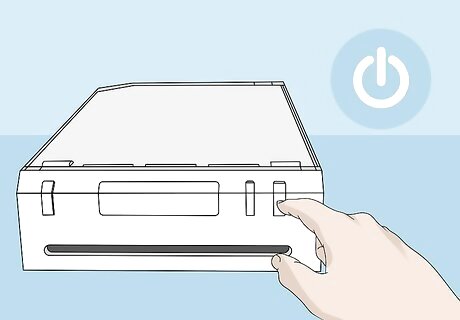
Turn back on your Wii. Press your Wii's power button to do so.
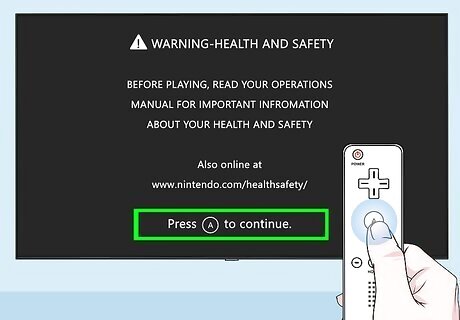
Press A when prompted. Doing so will take you to the Wii's main menu, where you should now see a USB Loader GX channel to the right of the Homebrew Channel.
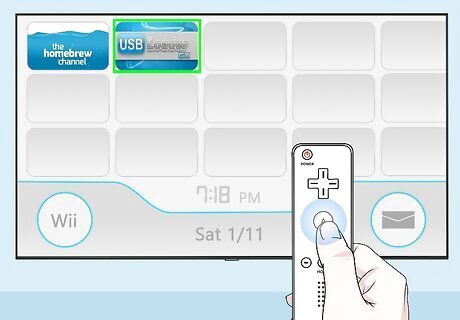
Select USB Loader GX. It's next to the Homebrew Channel.
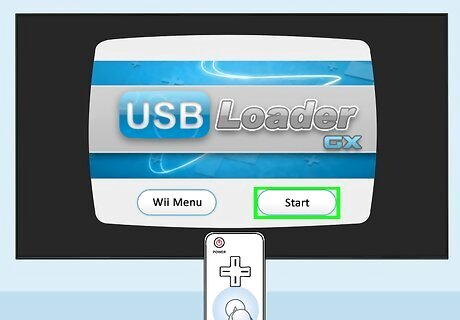
Select Start when prompted. Doing so will load the USB Loader GX program. This process will take several minutes, especially the first time you run the program. If you see a "Waiting for your slow USB" message, try plugging the USB flash drive into a different port on the back of the Wii.
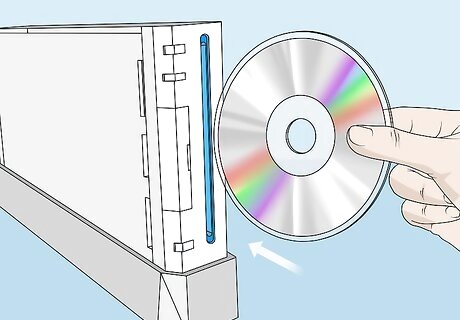
Insert a game. Place in the Wii the disc for a game that you want to back up to the USB flash drive.
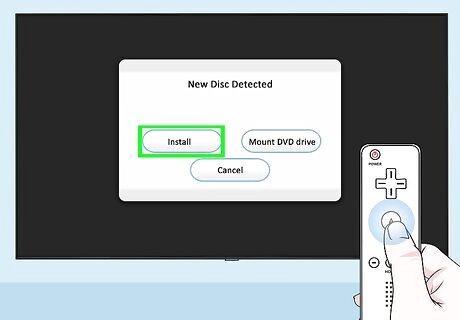
Select Install when prompted. The program will begin reading the contents of the disc.
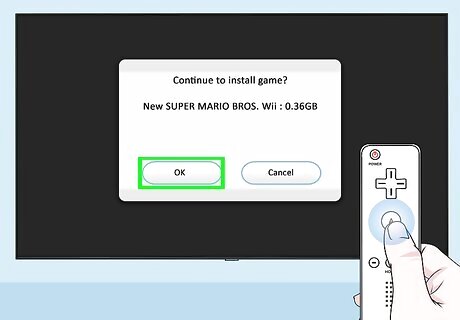
Select OK when prompted. Doing so will prompt your Wii to begin burning the disc onto the USB flash drive. This process will take quite some time, and the burning progress bar may appear to freeze at multiple points. Do not remove your USB flash drive or restart your Wii if this happens.
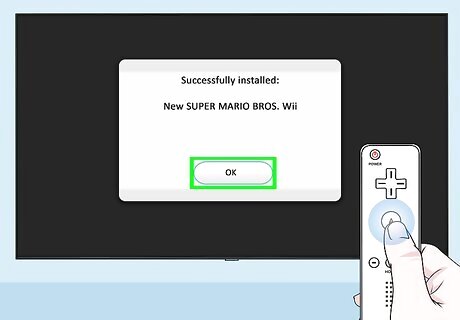
Select OK when prompted. Doing so will complete the burning process. At this point, you can eject the game disc from the Wii.
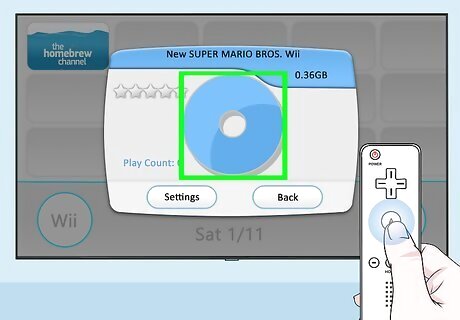
Play your game. Click the game's name, then click the spinning disc icon in the middle of the window. Doing so will launch the game.



















Comments
0 comment